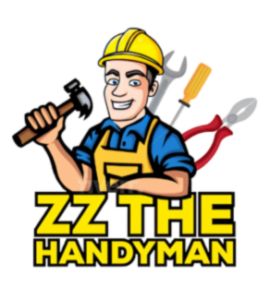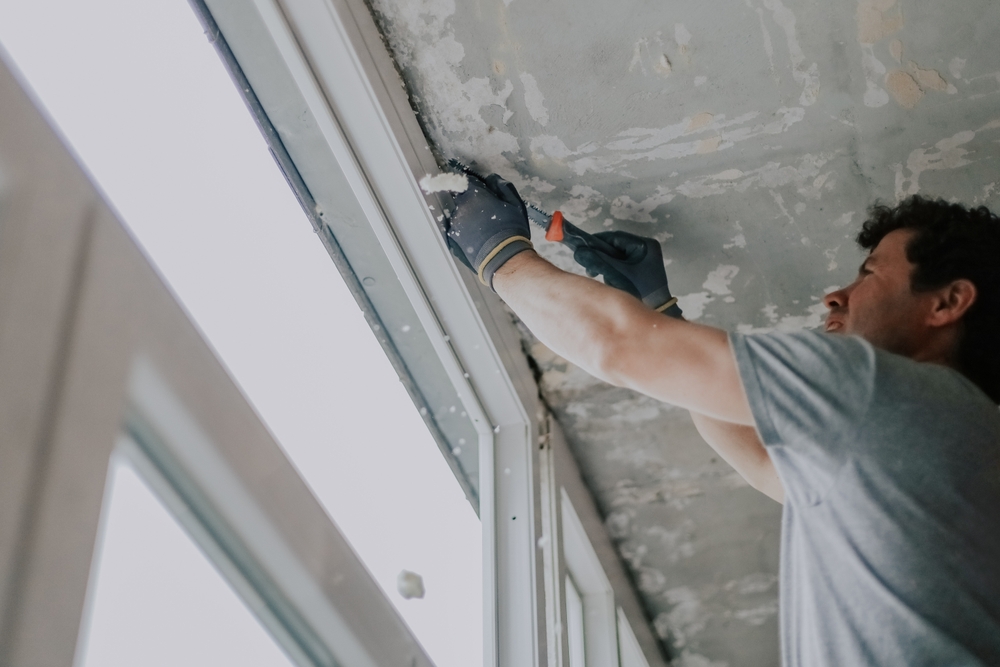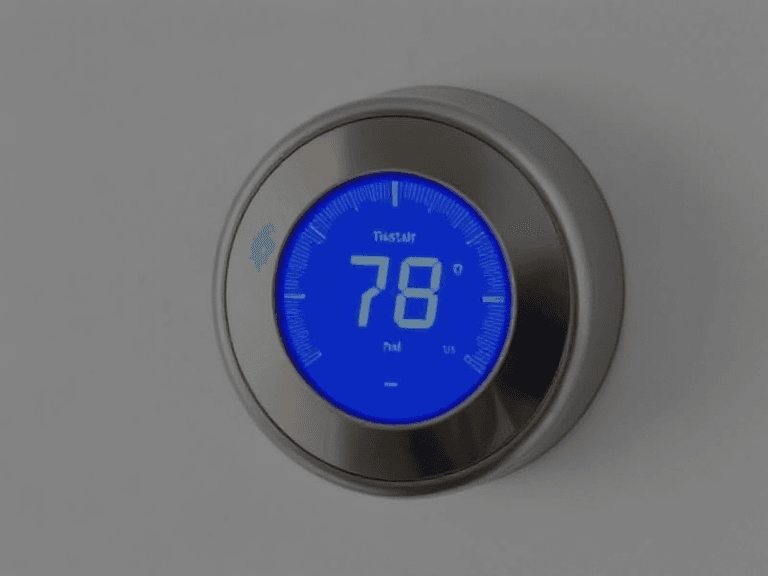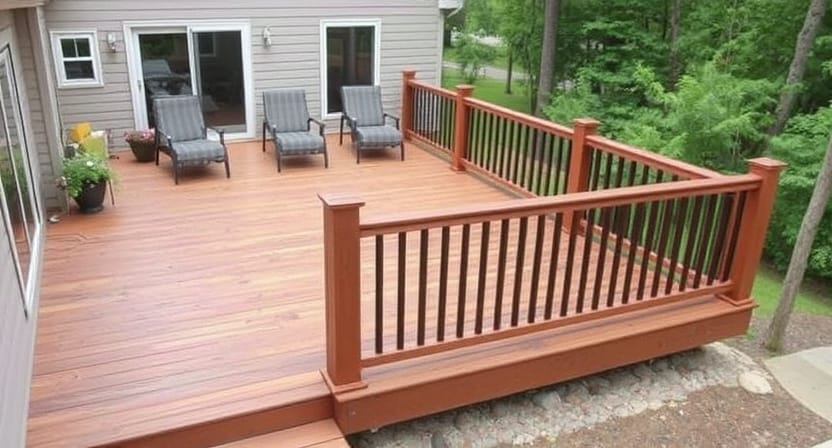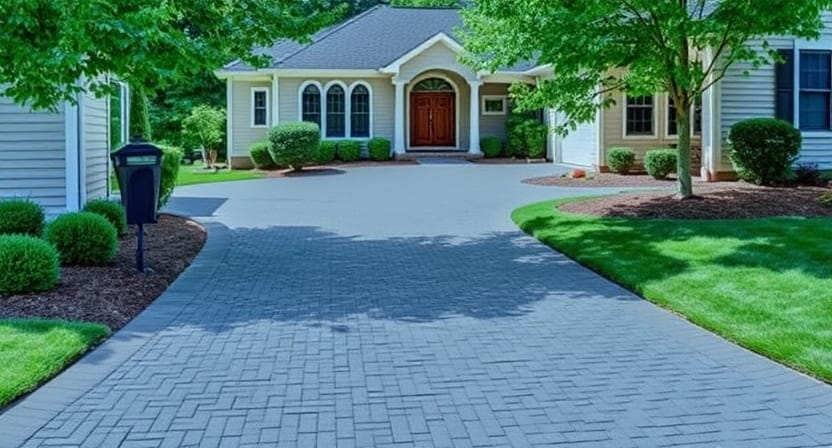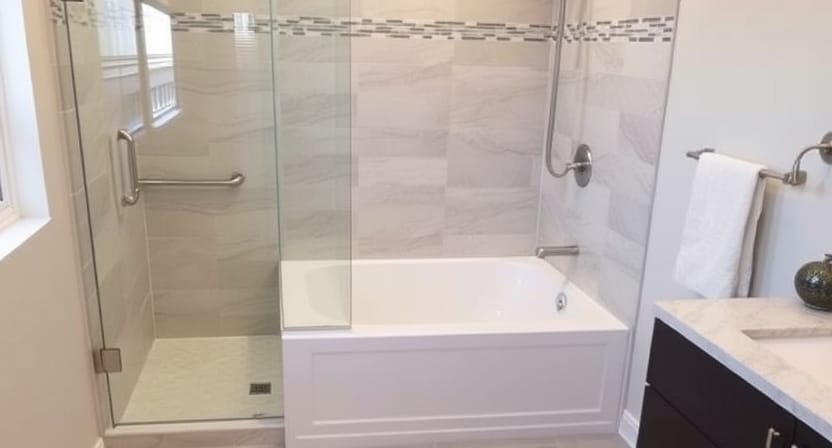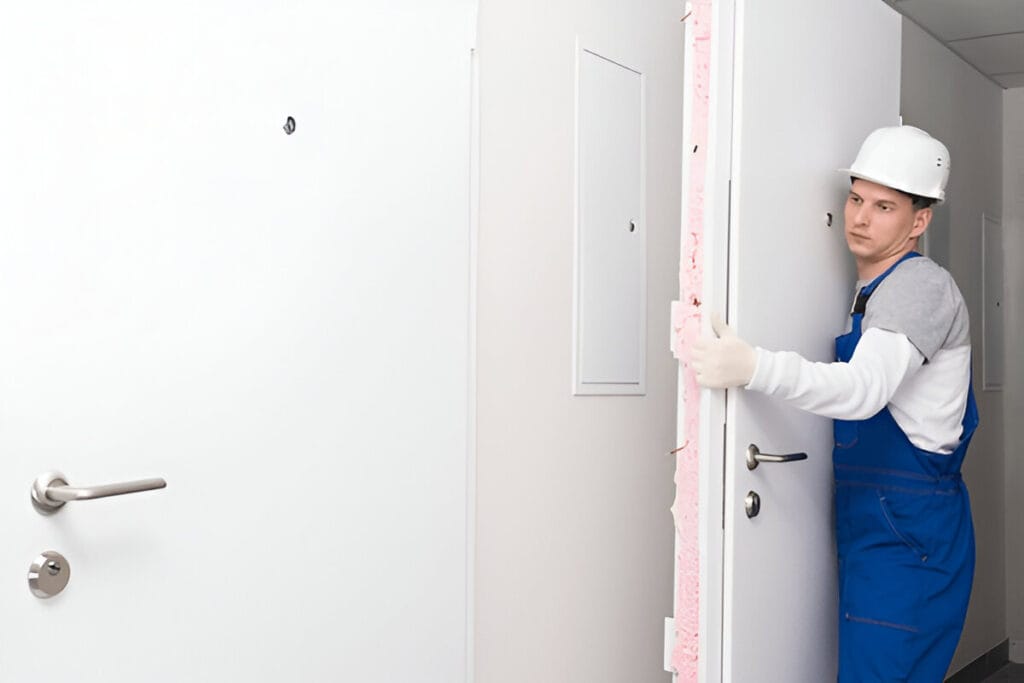Who to Call for a Leaking Window: Your Guide to Fast, Reliable Repairs with ZZ the Handyman
If you’ve recently discovered a leaking window, you’re not alone. It’s one of the most common — and frustrating — issues homeowners face. Whether it’s a slow drip, foggy panes, or water pooling on your windowsill, leaks can lead to serious damage over time, including mold growth, rot, and structural compromise. So, who should you call for a leaking window? This guide walks you through the signs, causes, and solutions of window leaks — and explains why ZZ the Handyman might just be your best call. Understanding the Problem: What Causes a Leaking Window? Before you pick up the phone, it’s important to understand why your window is leaking. There are multiple potential culprits, and pinpointing the cause is the first step toward a proper fix. 1. Poor Installation If your window wasn’t installed correctly, gaps and misalignments can allow water to seep through during heavy rain. 2. Worn-Out Seals and Caulking Over time, the sealant around your window frame can deteriorate, crack, or separate from the wall, leaving room for moisture to sneak in. 3. Clogged or Faulty Window Drainage Windows, especially modern ones, come with built-in drainage systems. When these get blocked with dirt, leaves, or debris, water has nowhere to go — and may come inside instead. 4. Flashing Problems Window flashing is a thin material that directs water away from the window structure. Improper or damaged flashing is a common cause of leaks. 5. Cracks in the Frame or Glass Sometimes the window itself is damaged. A cracked frame or pane can allow water infiltration, especially during storms. Signs You Need to Call a Professional Window leaks can be sneaky. Here are some warning signs you shouldn’t ignore: If any of these sound familiar, it’s time to act. Who to Call for a Leaking Window? Here’s where things get real: not every contractor is right for the job. You might be tempted to call a roofer or general contractor, but the most effective — and affordable — option is often a skilled handyman with experience in window repairs. And that’s where ZZ the Handyman comes in. Why ZZ the Handyman Is the Right Choice Affordable, Honest, and Fast Unlike large window replacement companies, ZZ the Handyman offers affordable, honest service tailored to your needs, not upselling you on a full window replacement when a repair will do. Local Expertise ZZ serves homeowners across the United States, bringing years of hands-on experience fixing everything from minor leaks to major window damage. He knows how regional weather patterns affect windows and can recommend the best materials and sealants for long-lasting repairs. All-in-One Solutions Whether it’s sealing, caulking, flashing, frame repair, or complete window removal and reset, ZZ the Handyman does it all. That means you don’t need to call multiple contractors — one call gets the job done right. Emergency Response Dealing with a sudden storm leak or flooded window sill? ZZ offers emergency handyman services in many areas. He’ll stop the leak fast and assess the damage so you can prevent further problems. What to Expect When You Call ZZ the Handyman When you contact ZZ for a leaking window, you’re getting more than just a repair — you’re getting peace of mind. Step 1: Thorough Inspection ZZ starts with a comprehensive window inspection, checking the seals, sills, flashing, frame condition, and nearby walls for water damage. Step 2: Diagnosis and Repair Plan Once the issue is diagnosed, ZZ explains the problem in simple, no-nonsense language, and outlines your repair options. Whether it’s a quick sealant job or full-frame replacement, you’ll know exactly what to expect. Step 3: Precision Repairs ZZ uses high-quality tools and materials to ensure a long-lasting solution. From resealing and weatherproofing to re-flashing or window frame fixes, he’s meticulous about getting it right the first time. Step 4: Cleanup and Follow-Up Once the job’s done, ZZ cleans the work area thoroughly and may schedule a follow-up (depending on the severity) to ensure everything’s holding up after the next rain. How to Prevent Window Leaks in the Future While ZZ the Handyman is always ready to help, he also believes in helping homeowners prevent problems before they start. Here are a few of his top tips: 1. Inspect Windows Every Season Look for cracked caulking, foggy panes, or signs of wear every few months. 2. Keep Weep Holes Clear Use a thin wire or toothpick to keep the drainage holes at the base of your windows clean and open. 3. Reseal When Needed Exterior caulk doesn’t last forever. Check it yearly and reapply if it’s cracked, brittle, or peeling. 4. Install Window Awnings In areas with frequent rain, small awnings or overhangs can protect your windows from direct exposure to water. When Is It Time to Replace the Window? ZZ the Handyman is all about repair over replacement — but sometimes, a window is just too far gone. Consider replacing your window if: If that’s the case, ZZ can still help you select and install energy-efficient replacement windows that suit your style and budget. Frequently Asked Questions Can I fix a leaking window myself? If it’s a small issue like a hairline crack in the caulk, DIY repair may work temporarily. However, improper sealing can make things worse. For most leaks, it’s better to call an expert like ZZ the Handyman to avoid long-term damage. How much does a leaking window repair cost? Costs vary based on the severity and location of the leak. A simple resealing job might be under $150, while major repairs can run higher. ZZ the Handyman offers free estimates and transparent pricing, so you’re never in the dark. Will insurance cover a leaking window? Sometimes. If the leak was caused by storm damage or other covered events, your homeowner’s insurance may help with repair costs. ZZ can provide a detailed invoice and damage report to assist with claims. Final Thoughts: Don’t Wait — Fix It Now A leaking window may seem like a small problem, but left
